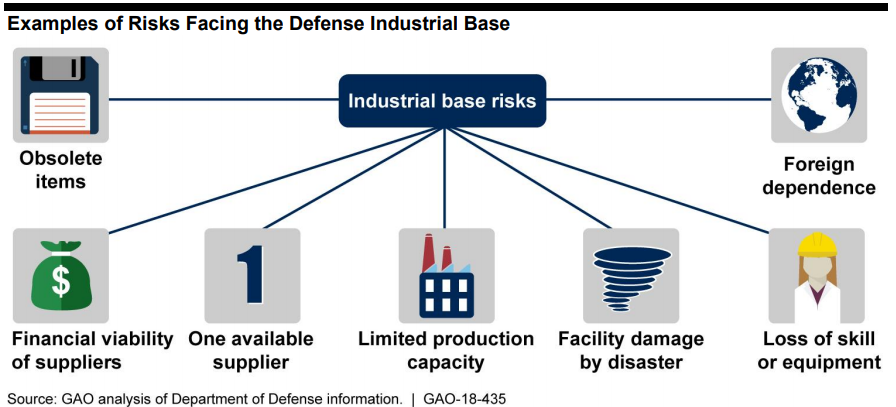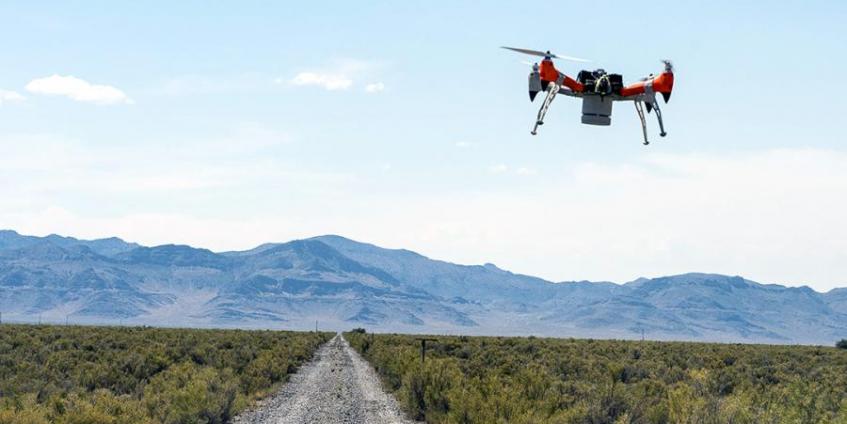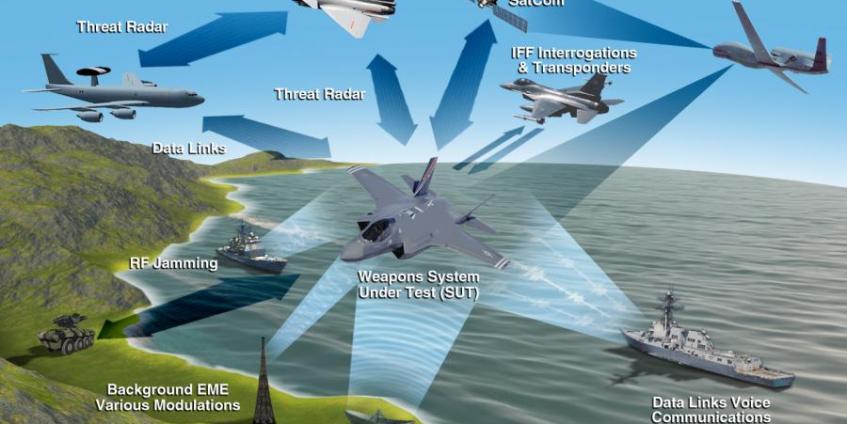Risk Factors and Models to Assess the Defense Industrial Base (DIB)
DSIAC was tasked with finding reports and relevant information on what risk factors, risk assessments, data sources, and algorithms are used for determining real risk to the DIB. The inquirer was looking for risk factors…







